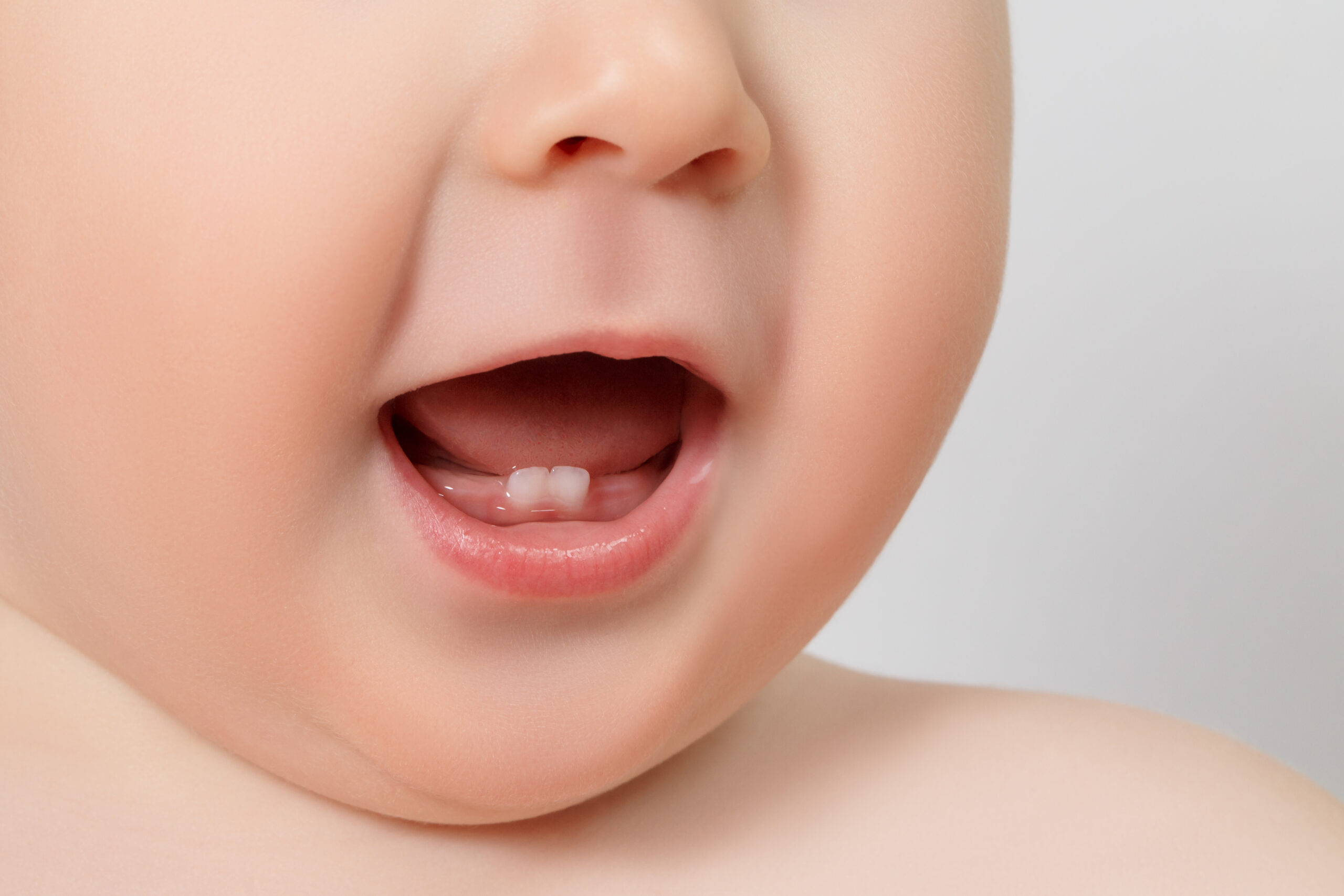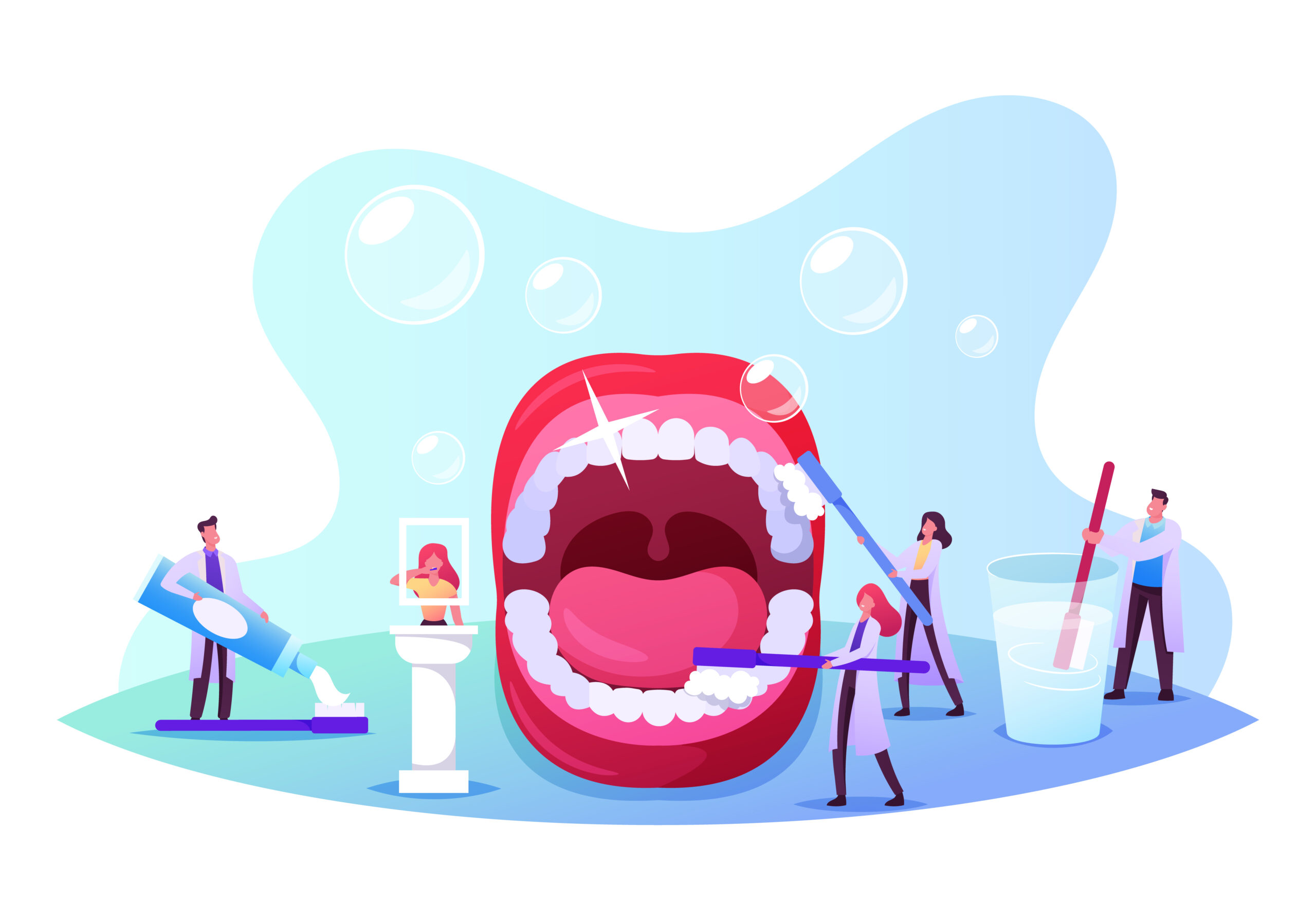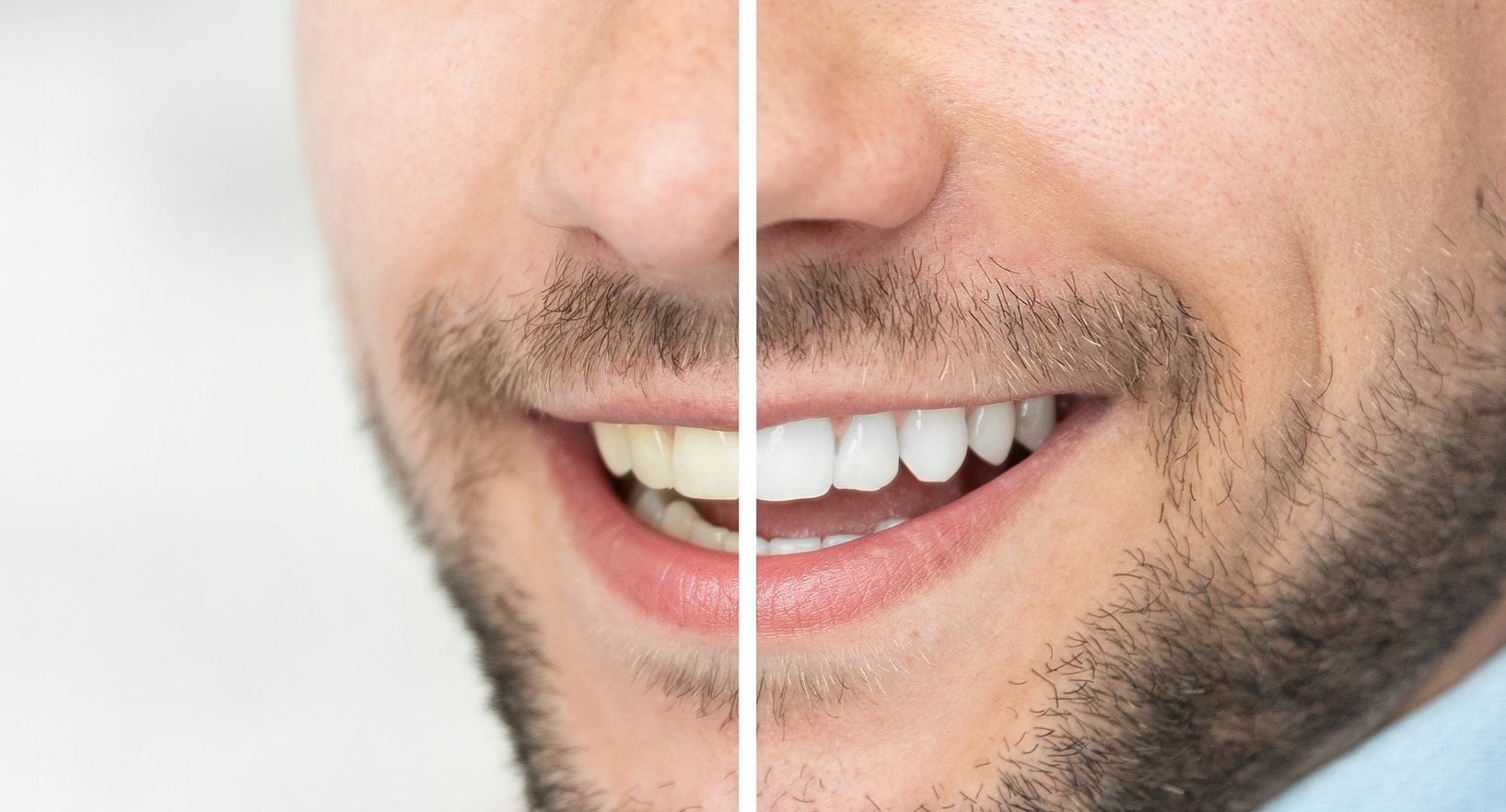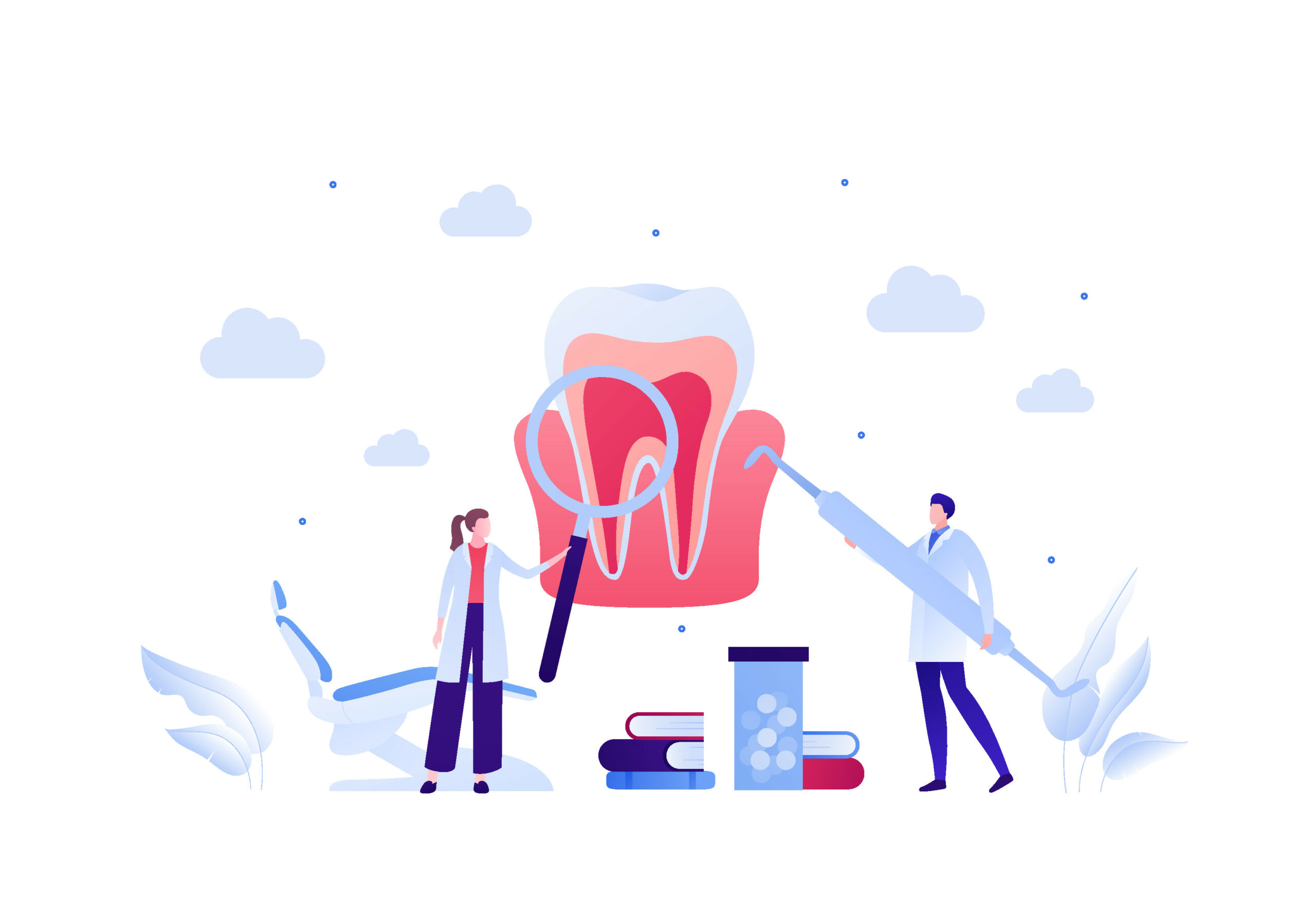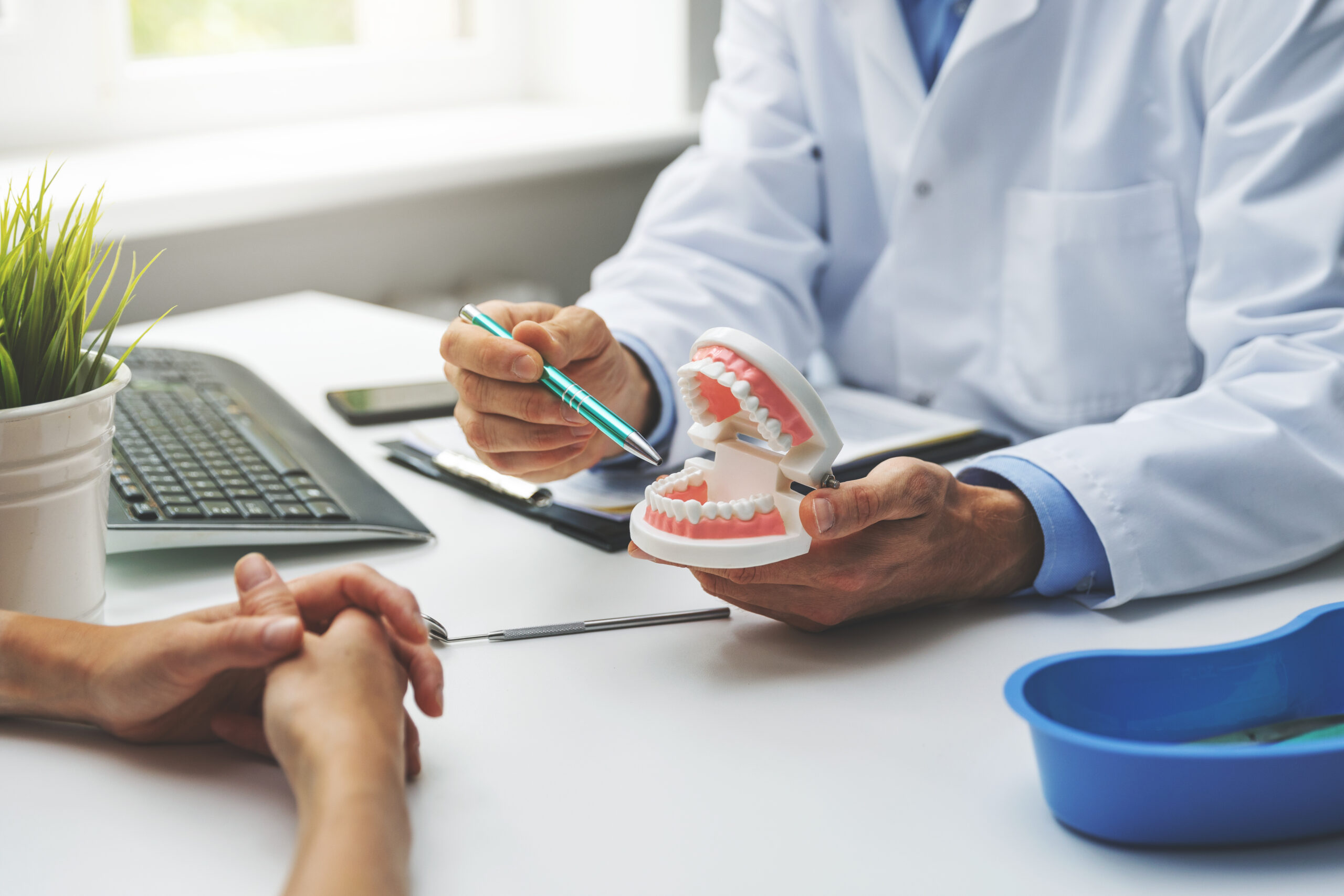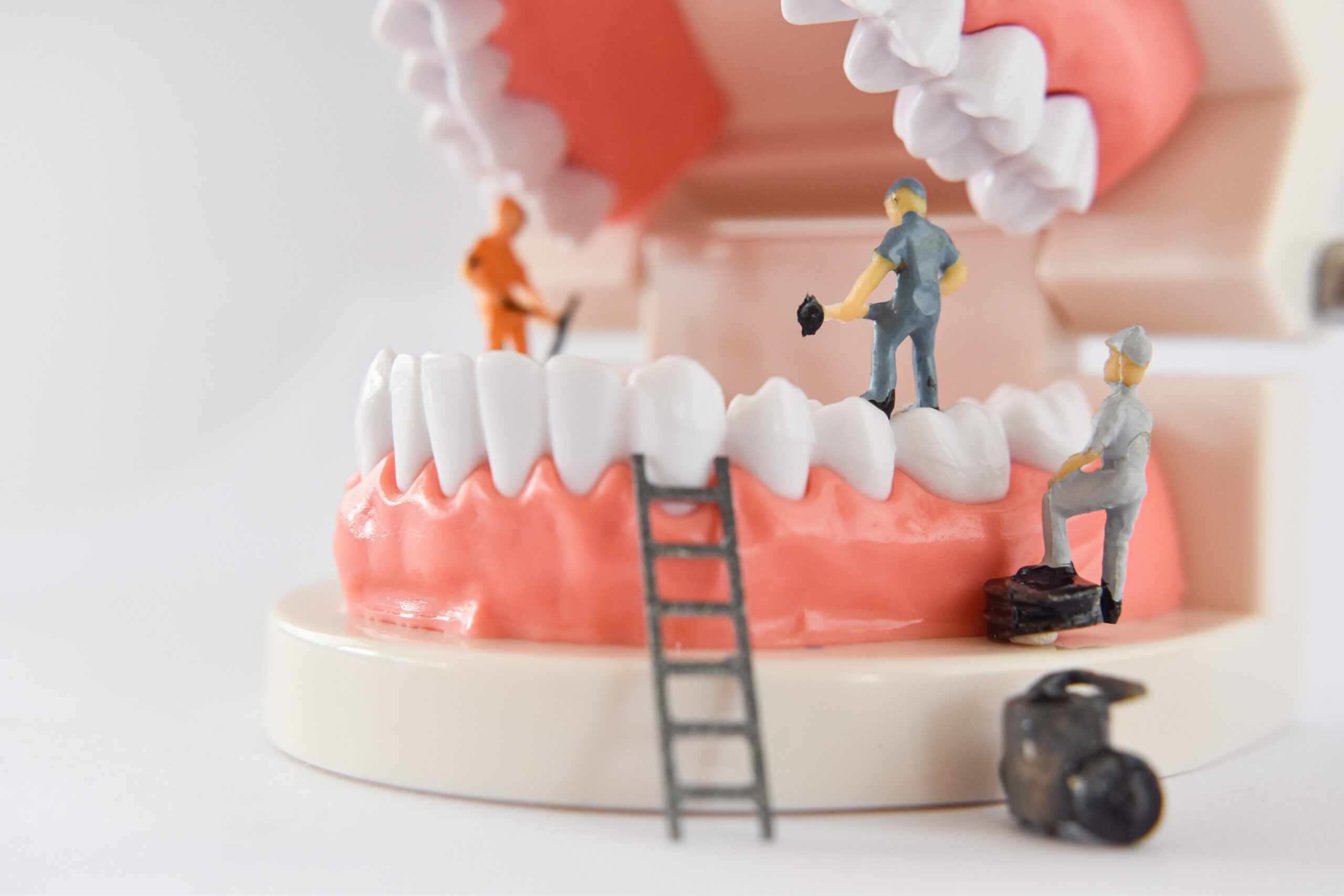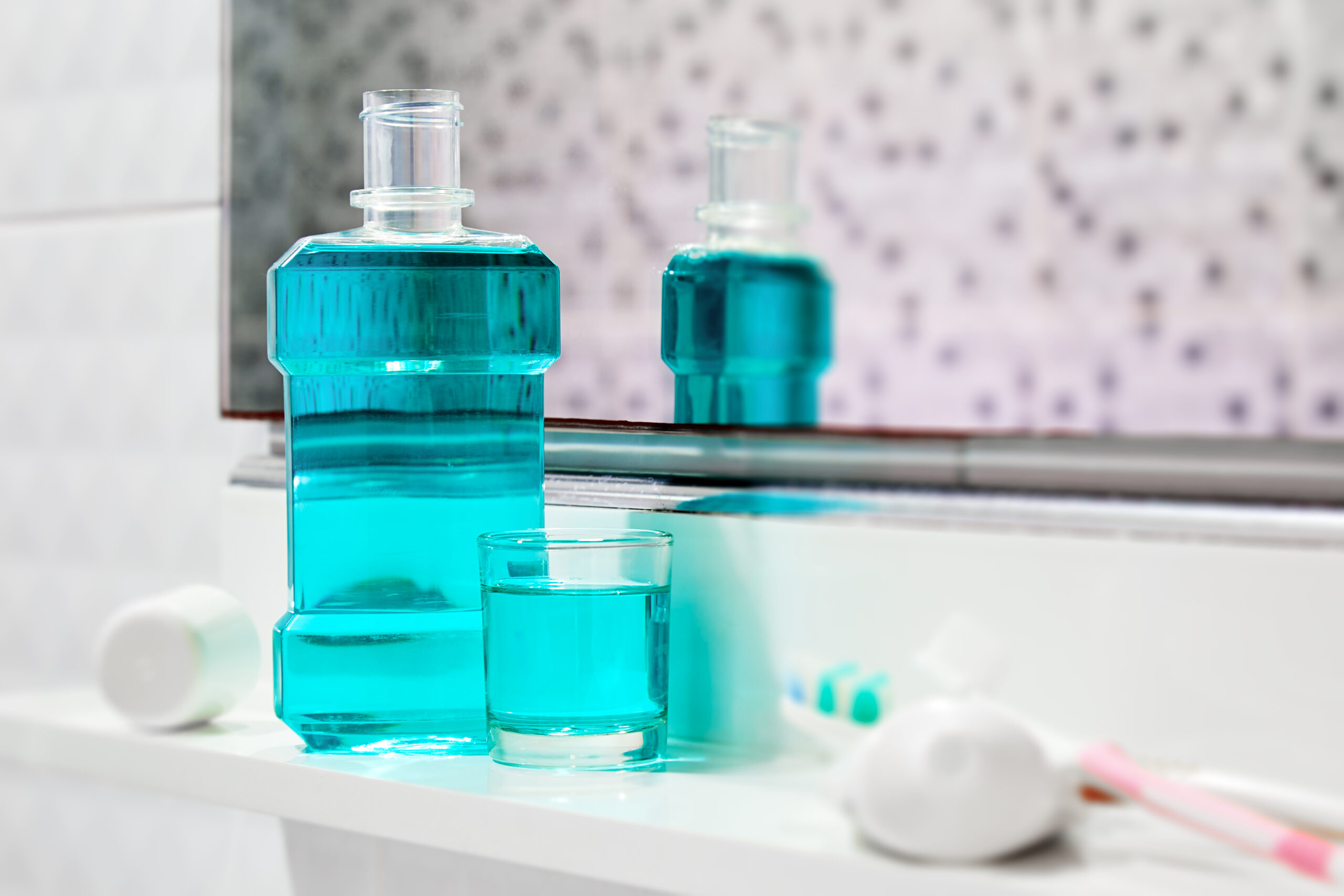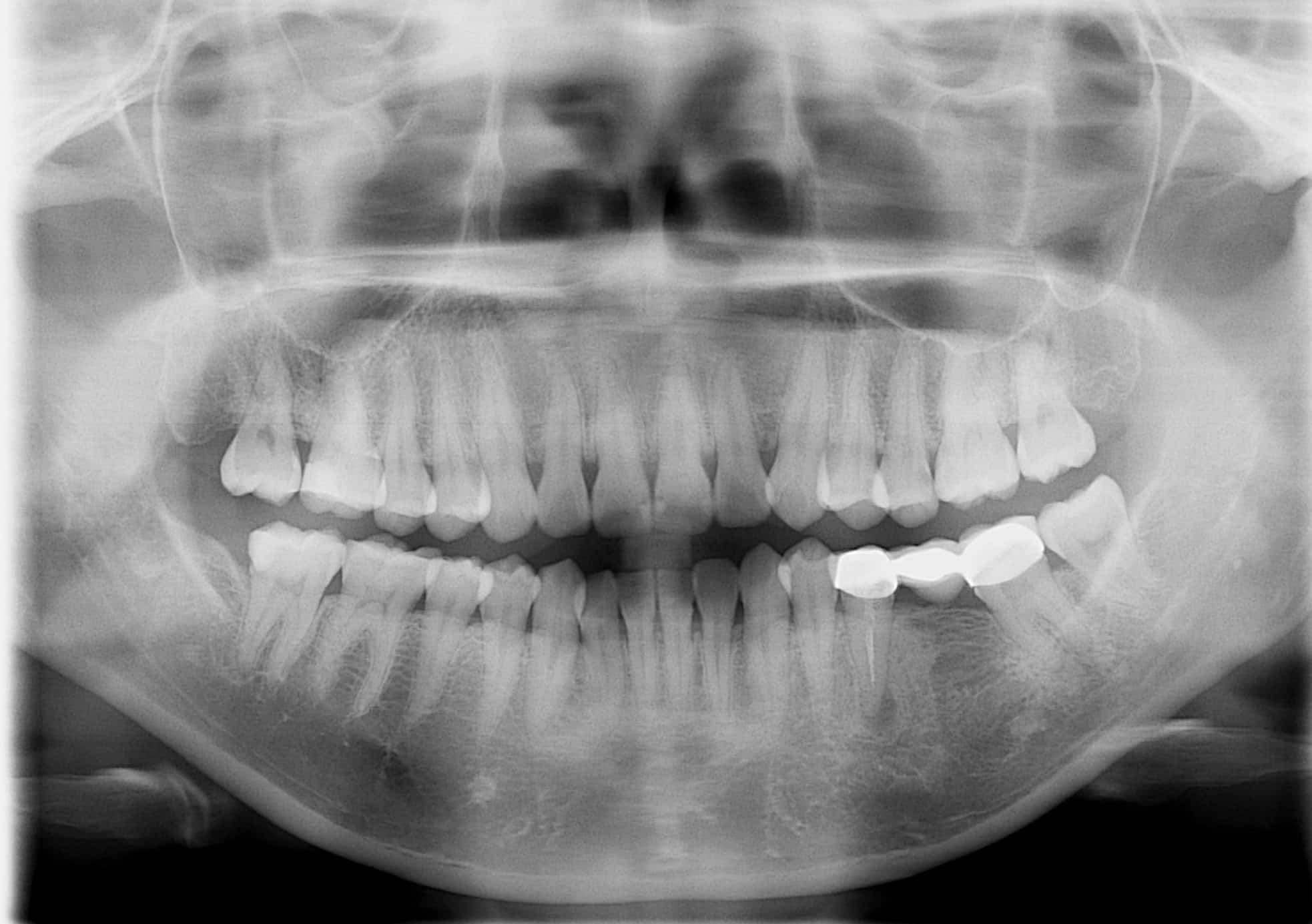
Welcome to our dental blog, where we’ll explore the fascinating world of dental X-rays. X-rays play a vital role in diagnosing dental issues, allowing dentists to visualize structures that are hidden from plain sight. In this article, we will delve into the importance of dental X-rays, discuss the different types, benefits, safety measures, and address common concerns surrounding this valuable diagnostic tool.
- Understanding Dental X-Rays: Dental X-rays, also known as radiographs, are a diagnostic tool used by dentists to assess oral health conditions that cannot be observed with the naked eye. X-rays use a minimal amount of radiation to produce images of teeth, roots, bone, and surrounding structures. These images aid dentists in identifying various dental problems, including cavities, infections, impacted teeth, bone loss, and tumors.
- Types of Dental X-Rays: a. Bitewing X-Rays: These X-rays focus on the upper and lower back teeth, revealing decay between teeth, bone loss, and the fit of dental restorations. b. Periapical X-Rays: These X-rays provide detailed images of the entire tooth, including the root and surrounding bone. They help identify abscesses, root infections, and bone abnormalities. c. Panoramic X-Rays: These X-rays capture a broad view of the entire mouth, including all teeth, upper and lower jaws, sinuses, and temporomandibular joints. They help diagnose impacted teeth, fractures, tumors, and evaluate overall dental development. d. Cone Beam Computed Tomography (CBCT): This advanced 3D imaging technique provides highly detailed images of the teeth, bone, nerves, and soft tissues. CBCT is commonly used in complex cases such as dental implants, orthodontic treatment planning, and oral surgery.
- Benefits of Dental X-Rays: Dental X-rays offer several benefits, including: a. Early Detection: X-rays help identify dental issues in their early stages, allowing for prompt treatment and preventing further complications. b. Accuracy: X-rays provide detailed images that aid in accurate diagnoses and treatment planning. c. Prevention: X-rays help detect hidden cavities and infections that are not visible during routine examinations, enabling timely intervention. d. Monitoring Progress: X-rays are useful for monitoring the progress of ongoing treatments, such as orthodontics or root canal therapy. e. Personalized Treatment: With the help of X-rays, dentists can tailor treatments to individual patients, ensuring the most effective and appropriate care.
- Safety Measures and Concerns: Dental X-rays are considered safe, as the radiation exposure is minimal. However, precautions are taken to further reduce any potential risks. Dentists employ lead aprons and thyroid collars to shield the patient’s body from unnecessary exposure. Additionally, modern X-ray machines and digital sensors have significantly reduced radiation doses compared to traditional film-based X-rays.
It’s essential to address common concerns regarding radiation exposure. The risk posed by dental X-rays is exceedingly low, especially when considering the benefits gained. The American Dental Association (ADA) establishes guidelines to ensure patient safety, regulating the frequency and necessity of X-rays based on individual patient needs.
Dental X-rays are invaluable tools that help dentists provide accurate diagnoses and effective treatments. By enabling dentists to visualize hidden dental problems, X-rays contribute to improved oral health outcomes. Understanding the different types of dental X-rays, their benefits, and the safety measures in place will alleviate any concerns patients may have. Regular dental check-ups, including X-rays when necessary, play a crucial role in maintaining optimal oral health. Remember, your dentist is the best person to guide you through the process and address any questions or concerns you may have regarding dental X-rays.
If you have any questions about this blog, please contact Maple Dental Care at (07) 3448 9279 or via online booking.


